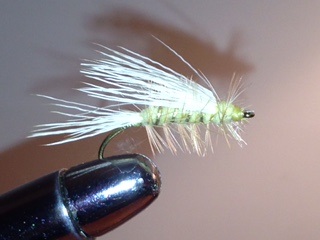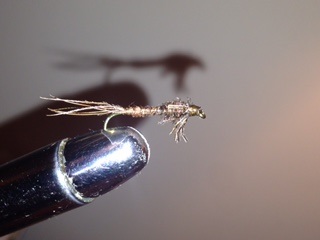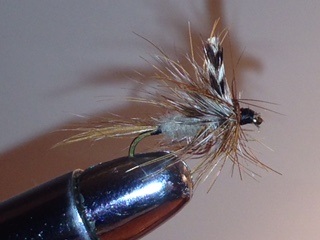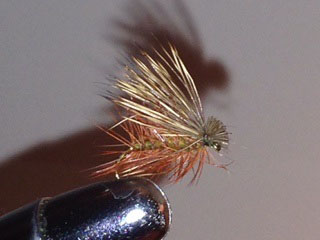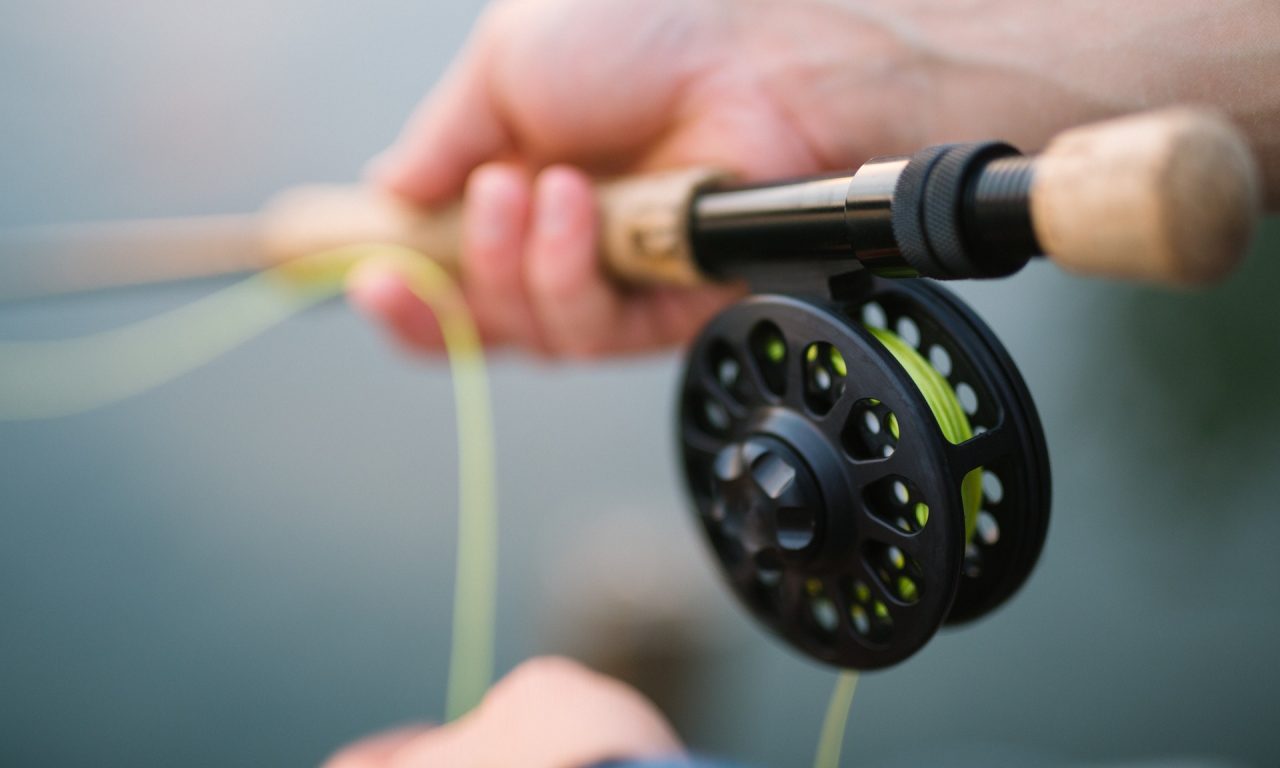Boulder County offers some great fly fishing opportunities. In particular, South Boulder Creek that runs through Walker Ranch is a jewel of a stream, home to brown and rainbow trout, many in the 10 to 15-inch range. Spring through autumn is the best time to fish at Walker Ranch. The state sometimes reduces the flow of water from Gross Reservoir above this stretch during the winter, making fishing difficult.
To get started, a 3, 4, or 5-weight rod is a good choice if you are planning to fish bigger streams. Length can vary from seven to nine feet, keeping in mind that a smaller rod will be easier to cast, but a longer rod will give you greater distance. Make sure to match your reel and fly line to the weight of your rod.
The key to catching trout on a fly rod is is called “matching the hatch.” If you know what bugs are hatching and what the trout are feeding on, then you are halfway there. A good source for what is hatching are local fly fishing websites to see what they recommend. They also provide river flow levels that will let you know if the water is too high, too low (or hopefully) just right.
Part of the attraction of fly fishing is learning to recognize different aquatic insects that you can use in your fishing. Insects go through two types of metamorphosis—complete or incomplete. Complete metamorphosis is characterized by four stages: egg, larva, pupa, and adult. Incomplete metamorphosis has three stages: egg, nymph, and adult.
About 90 percent of a trout’s diet is made up of subsurface insects. That means knowing which egg, larva, pupa, and nymph patterns to use will help you catch more fish. However, when a trout explodes and grabs an adult dry fly off the surface, it’s a sensation you are not likely to forget anytime soon.
Stoneflies, caddis, and mayflies comprise a large portion of the insects you are likely to encounter on a river. There are many kinds of mayflies: blue winged olives, pale morning duns, and green drakes, for example. An Adams fly imitates a variety of mayflies—you should always carry one in your fly box.
Art of Casting
There are many other bugs to try that will also work well. These include terrestrial insects such as grasshoppers, beetles, ants, and bees. Leeches, also called woolly buggers, and worm imitations are particularly effective as well.
A fly rod cast usually involves one or two back casts before placing the fly on the water. The technique is not that difficult to learn, but it helps to practice before you get to the river. One way to do this is to tie a piece of yarn on the end of your line and practice in your yard or a park. Fly fishing on South Boulder Creek, however, will challenge even the best fly fishermen. The next time you are at Walker Ranch, walk along the stream and look closely at the trees that line the shore. You will notice fishing flies hanging from many of the branches (quite a few are mine).
A good method to avoid losing flies is to stand in the river and let your line float downstream below you. Use a motion with your wrist, a roll cast, to flick your line into the riffles and behind rocks in the stream. Relax, be patient, and the fish will come.
Common Flies
